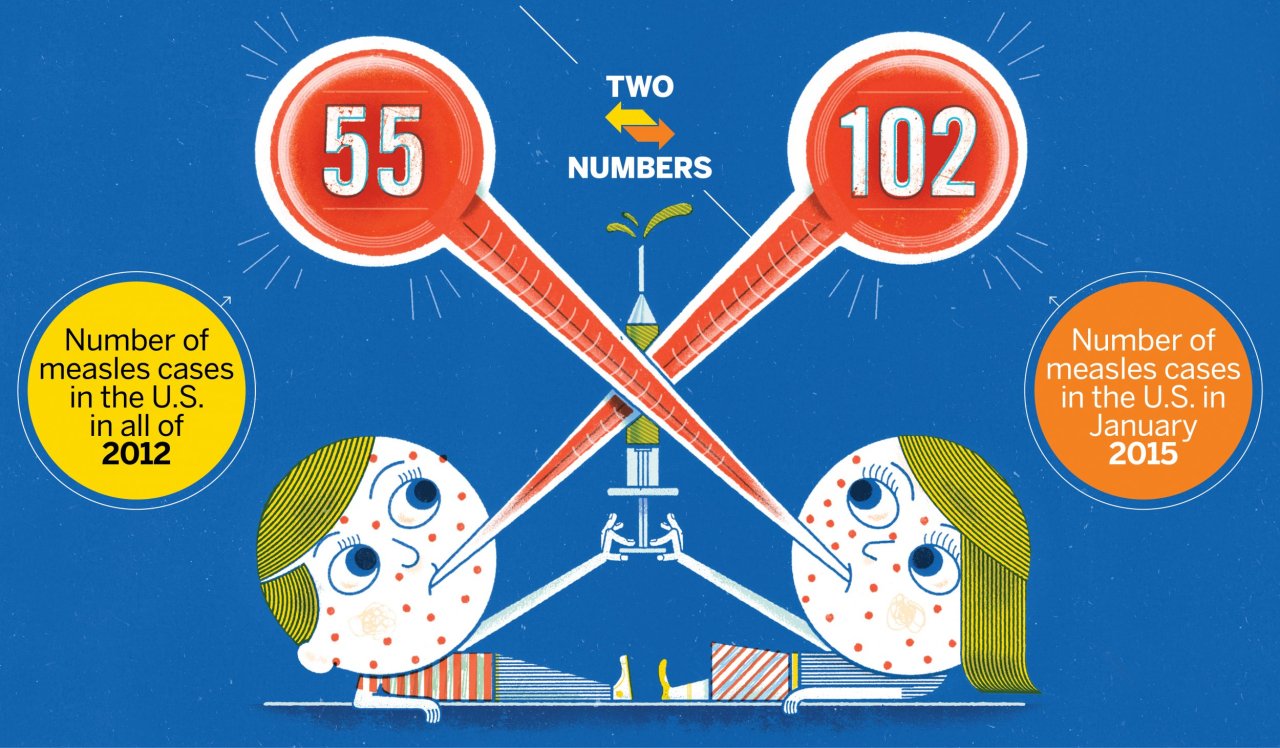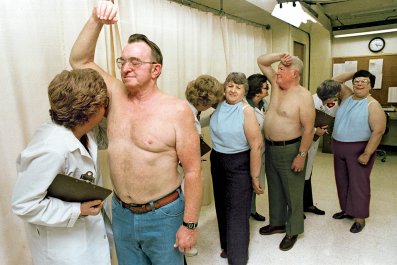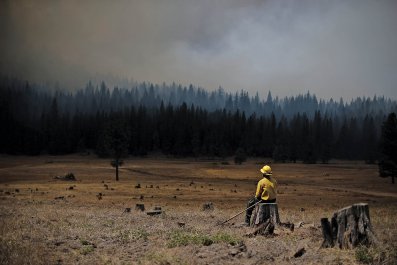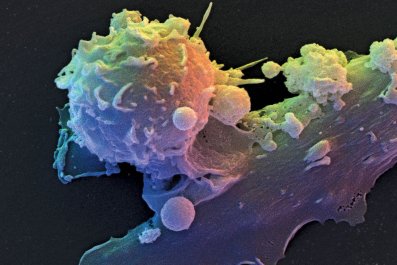The number of measles cases in the United States is climbing, sparking fears the disease may be making a resurgence only 15 years after health officials announced it had been largely eradicated. The latest outbreak, which has infected dozens, is believed to have started in a Disney theme park in Anaheim, California, and has by now spread to six other states and Mexico. "Measles is so contagious—you can run, but you cannot hide," says Dr. Sharon Humiston, a professor of pediatrics at Children's Mercy Hospital in Kansas City, Missouri, and associate director for research for the Immunization Action Coalition.
Much of the blame for the recent outbreak has been placed on relatively low vaccination rates among schoolchildren in Southern California. Many parents in that part of the country forgo vaccines they believe to be toxic or a catalyst for illnesses like autism, despite robust research debunking those claims. In 2014, 3 percent of parents in the state submitted personal belief exemptions (PBEs)—which state an opposition to vaccines for "nonmedical reasons"—to get their children out of vaccination requirements. In California's private schools, the average PBE rate is even higher. The U.S. national average in 2014, by comparison, was 1.8 percent.
Population-wide vaccination is essential to widespread immunity. What is often lost in the chatter surrounding the vaccination issue is the fact that measles is a serious health threat. Complications range from middle ear infection and diarrhea to pneumonia and brain swelling, which can be fatal. Pregnant women who catch measles are at risk for complications like spontaneous abortion, says Dr. Greg Wallace, head of the domestic measles, mumps, rubella and polio team at the Centers for Disease Control and Prevention (CDC).
The good news is that most residents of the U.S. are relatively healthy and that the country has a robust health care system, which means there is only a small chance the worst complications will be experienced by more than a few. But in parts of the world where malnutrition rates are high and the health care system is less equipped to manage outbreaks, measles is a real public health burden and a leading killer of children. The Philippines, for example, had 21,403 confirmed cases of measles last year. A measles vaccination campaign that began in health centers and churches across the Philippines in September is targeting 11 million children and conducting door-to-door checks to ensure no children have been missed.
U.S. health officials are starting to express concern. "If you look at our 10 largest outbreaks since elimination was declared in 2000, the vast majority of them have been in the last few years," said Wallace. Last year, 644 people were infected with measles in the U.S., the most since the disease was largely eliminated in 2000 and a 244 percent increase from the 187 cases seen in 2013. The 102 Americans infected in this year's outbreak are already far more than the total number of people infected with measles in the U.S. in 2012, which was 55.
Before the measles vaccination program started in 1963, the disease was endemic in the U.S., according to the CDC. Three million to 4 million Americans a year caught measles, just under 50,000 were hospitalized, 4,000 developed brain swelling, and between 400 and 500 died.
If the current outbreak continues to grow, the U.S. will need more resources and a greater public health response, as well as better ways to limit exposure and make sure people are up to date on their vaccinations, Wallace said. One positive outcome from the mild hysteria surrounding the Disney outbreak is that the public is more attuned to the dangers measles poses. "I think there is increased awareness, and I think most people are taking that to heart," he said.



























